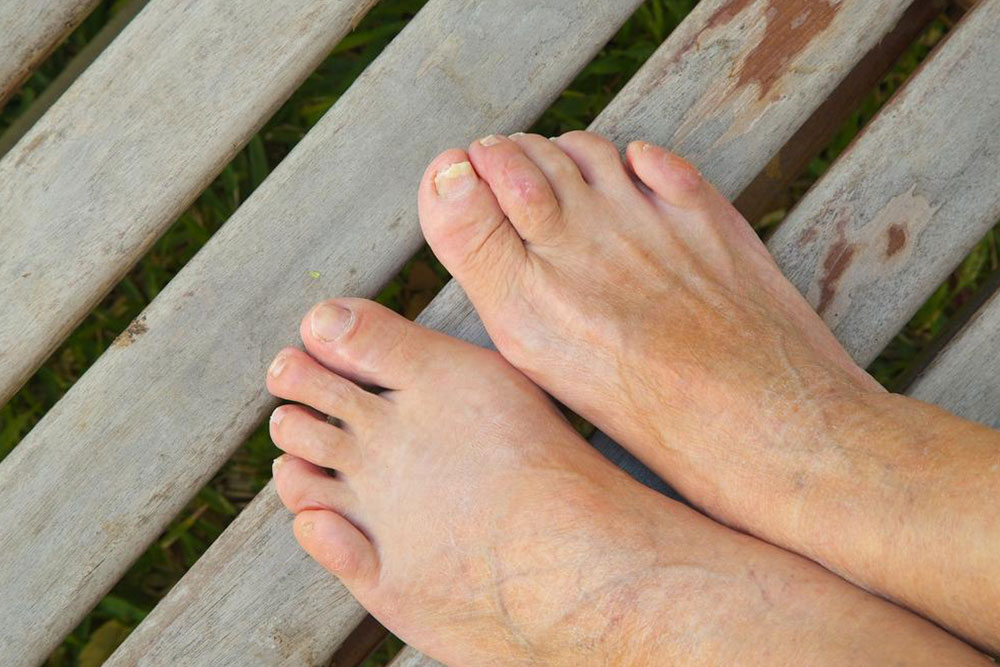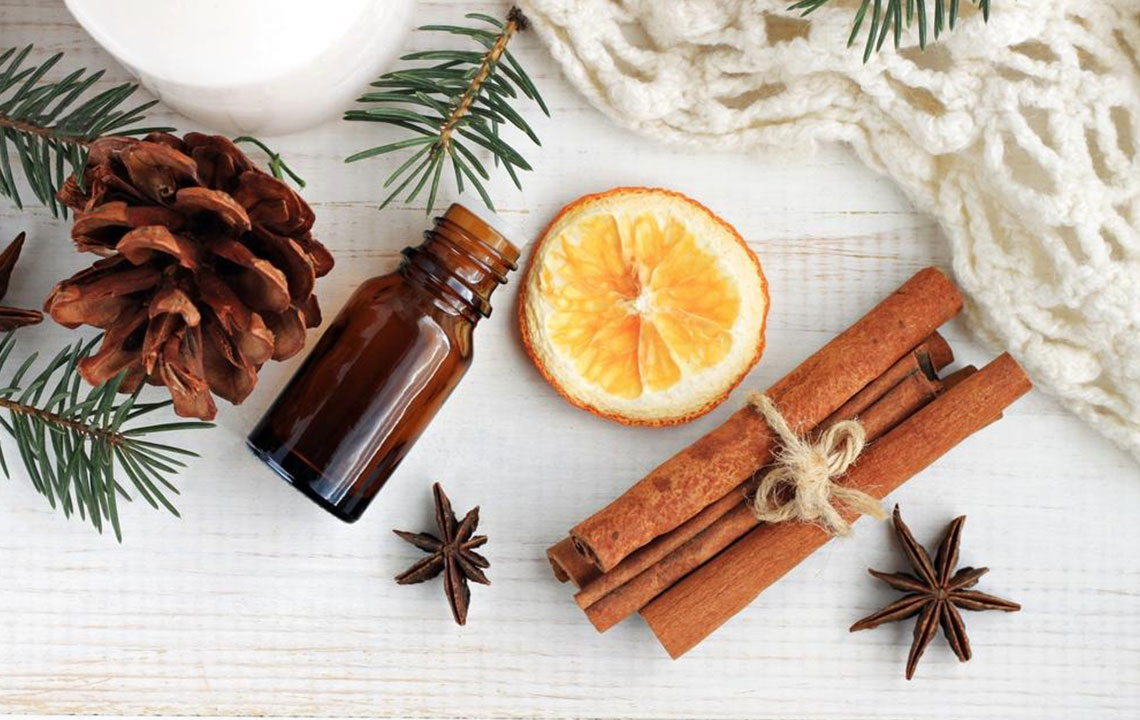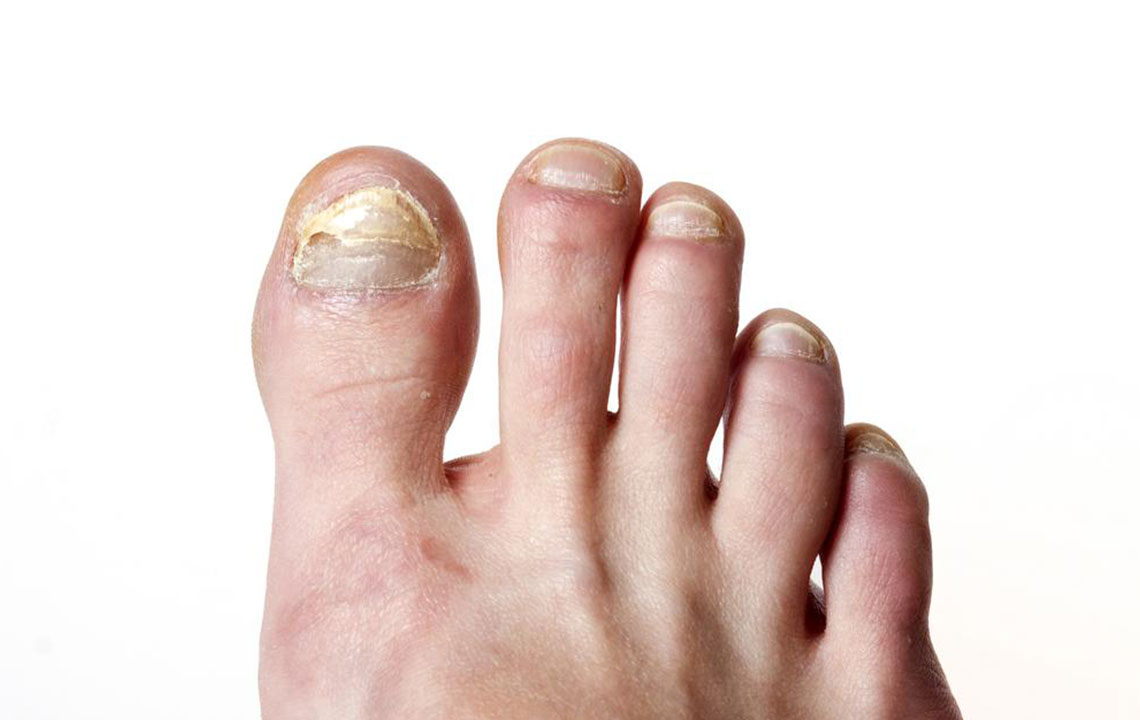Comprehensive Guide to Natural Remedies for Toenail Fungus Relief
Discover effective natural remedies for toenail fungus, including probiotics, oregano oil, apple cider vinegar, tea tree oil, coconut oil, and orange oil. This comprehensive guide provides detailed steps to treat fungal infections at home, promoting healthier nails naturally. Suitable for those seeking affordable and safe treatments, these methods support long-term nail health and infection prevention without relying on pharmaceuticals.

Natural Approaches to Treating and Eliminating Toenail Fungal Infections at Home
Toenail fungus, medically known as onychomycosis, is a common condition affecting millions of people worldwide. Characterized by discoloration, thickening, and brittleness of the nails, this infection can cause discomfort and cosmetic concerns. While conventional medical treatments are available, many individuals seek natural, less invasive, and affordable options to treat toenail fungal infections effectively from the comfort of their homes.
In this comprehensive guide, we explore a range of natural remedies and home-based strategies that can aid in eliminating toenail fungus without the need for prescription medication. These methods are backed by traditional use and scientific understanding, and they focus on restoring nail health, preventing reinfection, and promoting faster healing.
Whether you’re dealing with mild symptoms or persistent infections, incorporating these natural treatments can be a valuable part of your healthcare routine.
Below, we delve into detailed explanations of each remedy, how they work, and practical tips for application.
Probiotic Beverages to Support Nail Health
One often overlooked aspect of fungal infections is the role of gut health. Maintaining a balanced flora of beneficial bacteria in your digestive system can influence immune response and overall resistance to infections, including fungal overgrowths. Consuming probiotic-rich beverages such as kefir, yogurt drinks, or specialized probiotic shots can help fortify your body's defenses.
Probiotics work by promoting a healthy microbiome, which can suppress the growth of pathogenic fungi that may otherwise invade the nail beds. Regular intake of these drinks can contribute to internal balance, support immune health, and reduce the likelihood of fungal proliferation.
For best results, include probiotic beverages in your daily diet alongside other topical or oral treatments. This holistic approach enhances overall effectiveness and supports long-term nail health.
Oregano Oil: A Natural Antibacterial and Antifungal Remedy
Oregano oil is renowned for its potent antibacterial and antifungal properties, making it a popular choice for natural infection control. Derived from the oregano plant, this essential oil contains compounds like carvacrol and thymol, which inhibit fungal growth and help eliminate pathogens effectively.
Applying oregano essential oil directly to the affected toenail can significantly reduce fungal colonies. To do so safely, dilute a few drops of oregano oil with a carrier oil such as coconut or olive oil, then gently massage onto the infected area twice daily. Consistent use over several weeks can show noticeable improvements by inhibiting fungal proliferation and promoting healing.
It’s important to perform a patch test before applying oregano oil extensively to avoid irritation or allergic reactions.
Apple Cider Vinegar: An Age-Old Remedy for Toenail Fungal Infections
Apple cider vinegar (ACV) stands out as a highly effective home remedy for toenail fungus, thanks to its acidity that creates an inhospitable environment for fungi. Its natural antimicrobial properties help kill fungi and prevent further infection.
To utilize ACV, prepare a warm foot soak by mixing equal parts of apple cider vinegar and warm water. Add a tablespoon of salt for extra cleansing power. Soak your affected toes for at least 30 minutes, two to three times daily. This process not only helps reduce fungal burden but also softens the nails and skin, making it easier to remove damaged tissue and debris.
Regularly using this soak can prevent the fungus from spreading and promote clearer, healthier nails over time. Be mindful of sensitivity; if irritation occurs, dilute the solution further or reduce soaking frequency.
Tea Tree Oil: A Powerful External Treatment
Tea tree oil, derived from the Melaleuca alternifolia plant, is celebrated for its broad-spectrum antimicrobial activity. It’s particularly effective against fungi, bacteria, and viruses. When applied externally to a fungal nail, tea tree oil penetrates the nail bed, killing the fungus and supporting the body’s natural healing process.
To use tea tree oil, apply a few drops directly onto the infected nail and surrounding skin twice daily. Gently massage to ensure absorption. For sensitive skin, dilute the oil with a carrier oil before application. Incorporating gentle scrubbing with a soft brush can help remove dead tissue and damaged nail fragments, facilitating quicker healing.
Consistency is key; using tea tree oil regularly can lead to significant improvements over several weeks.
Coconut Oil: A Natural Fungal Fighter
Coconut oil contains medium-chain fatty acids like lauric acid and capric acid, which exhibit natural antifungal properties. These fatty acids can penetrate fungal cell walls, disrupting their structure and preventing further growth.
Applying coconut oil to the affected toenail is straightforward. Simply massage a generous amount onto the infected area two to three times daily. The oil forms a protective layer, preventing fungi from spreading and aiding in recovery. Its pleasant scent, moisturizing effect, and ease of use make it an excellent choice for home-based treatment.
Additionally, coconut oil’s nourishing properties support the overall health of the nail and surrounding skin, reducing inflammation and promoting regeneration.
Orange Oil: An Effective Antifungal Treatment
Orange oil, rich in antioxidants and antifungal compounds, provides another natural approach to fighting toenail infections. Its active constituents, such as limonene, help eliminate fungi and reduce inflammation.
For optimum results, apply orange oil directly onto the infected nails, allowing it to absorb thoroughly. Regular application can help eradicate the fungi, improve nail appearance, and stimulate nail regrowth. It is often used in conjunction with other natural remedies for enhanced efficacy.
As with other essential oils, perform a patch test before widespread use to prevent potential allergies or sensitivities.
In conclusion, adopting these natural remedies can significantly improve the management of toenail fungal infections. Combining external treatments with internal health strategies, such as probiotic intake and maintaining good hygiene, offers a comprehensive approach to nail health. While home remedies are effective for many, persistent or severe infections should still be evaluated by healthcare professionals for appropriate diagnosis and treatment options.





